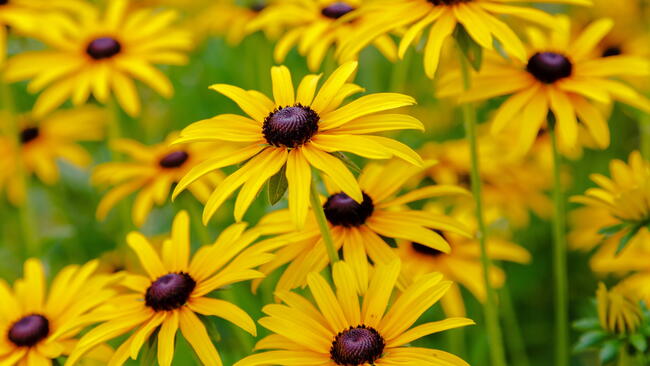
A Beginner-Friendly Guide to Growing and Caring for Ponytail Palms Indoors
Read Next
Gardening Products
More Like This
Ponytail palms are tolerant of a pretty wide range of conditions, so I wouldn't hesitate to give it a try in the locations you've mentioned. Ponytail palms thrive on direct, all-day light, but even so, five hours of continuous Florida sun might prove stressful. Watch for curling leaves or leaves turning brown, two possible indicators of too much direct sun. The University of Wisconsin extension service offers some helpful ponytail palm advice: https://hort.extension.wisc.edu/articles/ponytail-palm-beaucarnea-recurvata/
Hi Carol,
Your ponytail palm sounds incredible. It performs best with as much light as possible and since it is native to semi-desert areas, it can thrive in direct sun, but you would just need to be mindful of the summer months you described when it is extremely hot. It is winter hardy in Zones 10 and 11. Since it needs a new home you could certainly move it to another area of your property (if there is a good location for it) and just keep a watchful eye on it after moving to see how it responds to the conditions. It may take some time to find the right place for it.
As for cutting the trunk and making it two plants, it is not something that is typically done. If you must cut it, you can certainly try to replant the top in a new container filled with fresh growing medium, but there is no guarantee that the top part will root. You will definitely want to dip it in rooting hormone. As for what remains, when the top is cut off, it will expose the open trunk so you will need to find a way to protect it from the introduction of diseases and keep it dry.
Hope this helps!
- « Previous
- 1
- 2
- …
- 10
- Next »











Comments